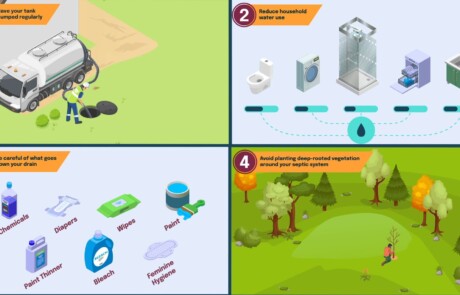Scenario demonstrations are one of the most effective forms of training–and video is a great way to present them. For example, in their Living with PNH Toolkit, AAMDS International Foundation used a Scenario-Based Training Video to assist patients with the rare blood disease PNH.
With the video, they did more than help patients understand the benefits they are entitled to under the Family and Medical Leave Act (FMLA). They also were able to provide a concrete tool to help patients have the sometimes difficult conversation around accessing these benefits.
Benefits of Scenario-Based Training Videos
Scenario-Based Training Videos provide an edge in motivating learners and helping them retain information and use new skills. They place lower cognitive demand on the learners than, for example, a PowerPoint presentation or webinar based on the same information. And they often garner more interest and engage more of the senses. All this makes the learning more accessible and less challenging.
In the above video, patients learn how conversations around requesting leave under the Family and Medical Leave Act (FMLA) might flow. They can gain both visual and audio insight into optimal approaches, content, and phrasing that could work well for them. A Scenario-Based Training Video can also depict both ineffective and effective interactions, thereby enabling patients to understand what NOT to do, too. A short animated summary of the key training points, such as has been included at the end of this video, is also a great feature. The summary confirms priority take-aways in a simple, memorable, and fresh format.
Scenario-Based Training Videos are useful in many fields
The medical fields are big users of scenario-based training. For example, research from the National Institutes of Health and from a team in Turkey demonstrated that such training was effective during the COVID pandemic in helping future nurses gain the skills they needed, as well as professional values.
Training videos with scenarios also have common uses in “sensitive” situations such as training to prevent sexual harassment. And scenario-based training videos are frequently used in safety-related training and to help people understand how to promote diversity, equity, and inclusion.
Scenario-based training videos are a good choice in any field if training cannot be done in person because it would cost too much to bring people together, and/or if the training needs to be delivered repeatedly and consistently.
It’s worth considering if your organization can benefit from scenario-based video training.
Video Training Expertise from MiniMatters
MiniMatters produces a wide variety of scenario-based and other training videos. This Save the Children training video demonstrates how to do water sample testing, while this Sharps Disposal video quickly points out the three steps to safe disposal. With expertise in instructional design and video, MiniMatters is here to help you achieve your training goals. Just click the blue button to request your estimate.







